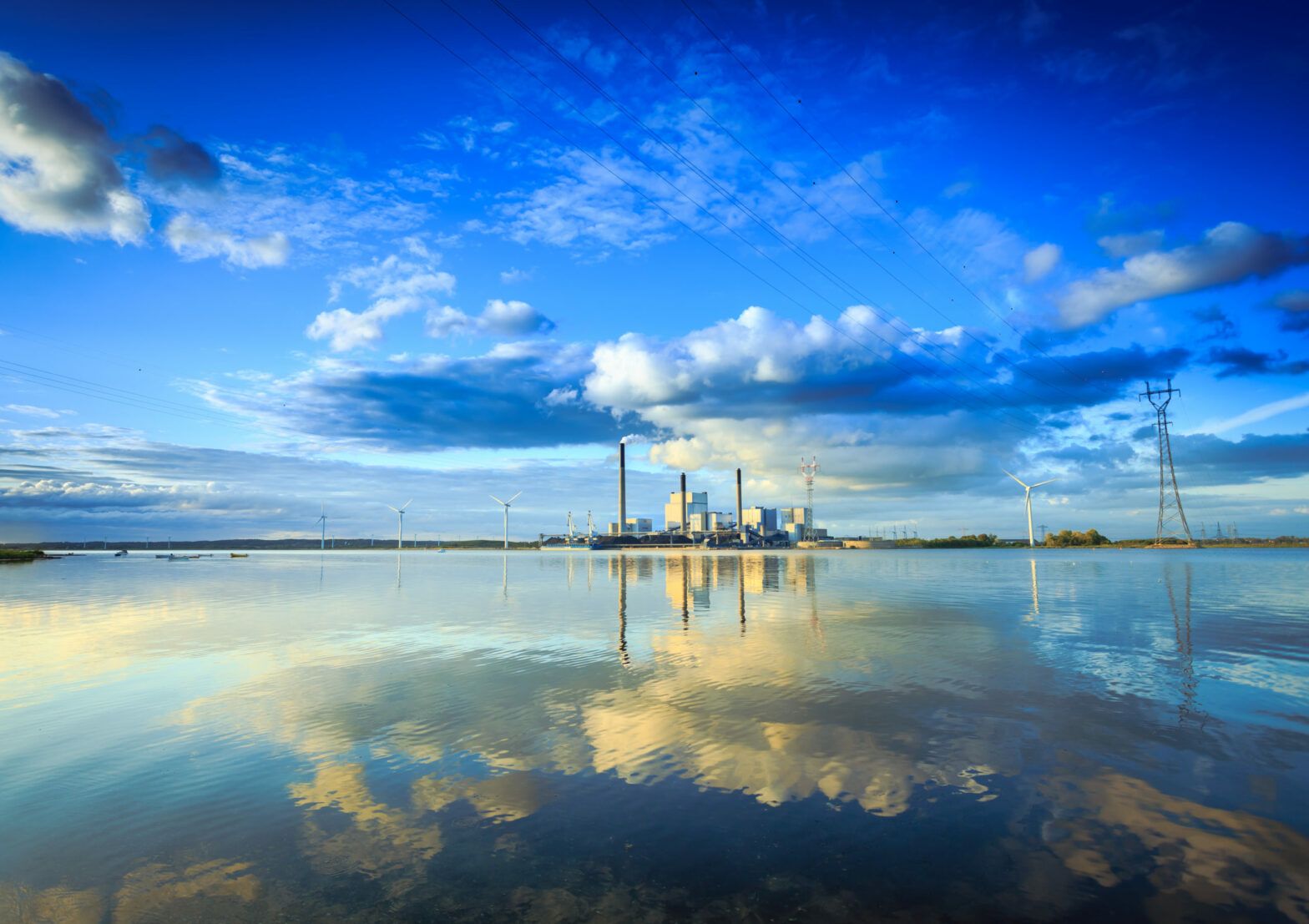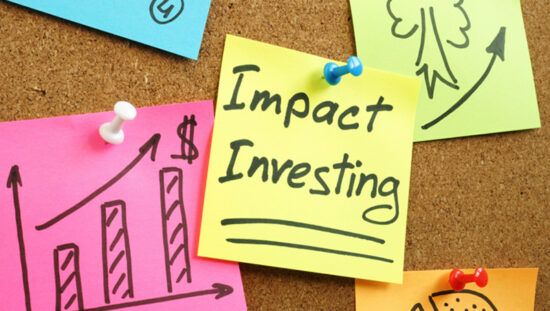Fund managers and CEOs share their outlooks for different themes that are aimed at supporting the planet and society.
Water and waste

Bertrand Lecourt, portfolio manager of the Fidelity Funds – Sustainable Water & Waste Fund.
During the Covid-19 crisis, water and waste companies continued to perform well because they are essential services. There is no economy without water and no sustainable economy without waste management.
We see three very strong tailwinds for the year ahead:
1) Stricter regulation for water and waste issues that need to be addressed globally.
2) Acceleration of all companies in the world to be more efficient to tackle UN sustainable targets: Water and Waste companies are in demand to help traditional businesses reach their goals.
3) Monetary and fiscal policies will be accommodating for the foreseeable future. Any infrastructure and sustainable policies are a boost for both water and waste.
See also: – Water and waste management: Three fund picks
Waste companies provide great price setting, high cash conversion and are more flexible on cost containment. Balance sheets have been very strong, and they stand to benefit from infrastructure stimulus. Additionally, water stocks will offer growth, but we need to be selective if some industrial or municipal customers keep investment under control in the short-term, given budgeting constraints. We also expect new M&A opportunities and IPOs in both the water and waste sectors in 2021 ‒ a recurring theme from 2020.
Clean energy

Anthony Catachanas, CEO at Victory Hill
Americans showed-up in unprecedented numbers in the 2020 US Presidential Election, and the outcome of the vote is now clear. One of the main divisions between candidates was around America’s energy future. The transition to a lower carbon world should lead to a reformation of the global energy system which only seems to have accelerated with the Covid-19 pandemic.
Over the last decade, we have witnessed a number of countries like Mexico, liberalise their energy market through reform and privatizations. Leading to less dependence on state-owned monopolies and allowing the market and consumers to decide the fate of their energy future. This is the first step to embrace key changes needed to our global energy system and presents a rich landscape of opportunities for investors.
We continue to witness the imbalance in energy markets in Australia, where the dominance of coal as a source of energy is counter-intuitively being reinforced by growing renewable power penetration in the energy mix. This curtailment for renewable sources in Australia can be beaten however, with greater investment in power storage for example.
In the UK, considered one of the more mature energy markets in the world, we see the government’s call for more renewable power generation, as mostly political rhetoric. The government’s policy fails to recognize, the electrification of energy also requires investment into our power grids as well. This creates a substantial need for more flexible ways of dispatching power to help balance the grid.

Treasa NiChonghaile, senior portfolio manager with KBI Global Investors
Looking through our ‘green-tinted’ spectacles, we are particularly excited for the prospects of the clean energy industry in 2021 and beyond.
We expect the decarbonisation of the global electricity supply to continue – and for wind and solar energy to make up most of the new capacity installed globally. This provides opportunities across the entire value chain, from project developers to equipment manufacturers and utility companies. The prospects for US residential solar and offshore wind look particularly compelling.
The team is also very constructive on the demand for energy storage. We expect to see much increased installation of large energy storage systems, which complements the intermittency of renewable energy produced by wind or solar systems, while the increased cost competitiveness driven by development of battery technology and the need for grid resiliency will be the drivers.
Post the pandemic, global light vehicle production is expected to have a strong rebound in 2021, but we believe that production of electric vehicles will grow at a multiple of this, as attractive subsidies in many countries are increasing adoption rates. We are very positive on the outlook of companies along the EV value chain from lithium suppliers, battery manufacturers, electronic and power management suppliers to the auto OEMs and those building out the EV charging infrastructure. The future is electric!
Forestry

Michael Ackerman, CEO at Ecoforests Asset Management
In terms of ESG focus for 2021, pollution control and clean water will feature heavily in 2021, with Biden’s proposed Clean Air Act and a reactivation of the Paris Agreement with the US onboard once again.
In the 1930s, it was discovered viruses cannot survive in well oxygenated environments. The air humans breathed in 90 years ago contained about 11-16% oxygen, while this figure has drastically been reduced to 3-5% in major cities across the world. Therefore, it is clear why we are more prone to pandemics than ever before.
See also: – UN PRI report: Forestry solutions to generate $800bn a year
Forestry plays a major role in pollution control, not only due to trees generating oxygen but also through the use of timber in the construction and the packaging industry, with the latter set to increase. In the building industry, producing concrete involves quarrying for limestone and clay, and steel production requires mining of iron – both emitting high levels of CO2. In contrast, wood harvesting produces significantly less CO2 emissions.
In fact, regardless of a possible slowdown in demand for newbuild housing, we expect the increasing interest in forestry to continue driving demand for this asset. This is due to countries moving away from plastic into paper-based packaging, as well the expected inclusion of tall wood structures in the International Building code next year and the increase in home renovations that will run into 2021.
Ocean

Robert-Alexandre Poujade, ESG analyst at BNP Paribas Asset Management
Investing in sustainable ‘blue economy’ activities, as the High Level Panel for a Sustainable Ocean Economy has recently outlined, would also be an economically efficient means of recovery – and one that would tackle climate change as well as the health of the oceans. Such investments could include putting capital towards ending overfishing, restoring mangroves, building offshore wind turbine facilities and decarbonising shipping.
Reforming subsidies to end overfishing and investment in sustainable aquaculture are estimated to generate benefits of $6.7trn over the next 30 years, or around $10 for every dollar spent, according to the High Level Panel.
See also: – Blue bond could help replenish ocean fish stocks by 2040
Overfishing and unsustainable fishing techniques add to a long list of marine ecosystem pressures that include the not-yet-fully-understood effects of plastics and microplastics in the ocean.
One way to address this is through reforming fishing policies. Investing in sustainability in the aquaculture industry is another area in which seafood can be harvested in an environmentally friendly manner. Technological innovations being developed include utilising blockchain to trace fish, employing AI monitoring systems, and co-locating aquaculture and seaweed farms at offshore wind sites.
From a livestock feed perspective, research is underway to turn waste CO2 into powdered proteins for salmon, and – moving beyond the ocean – seaweed is being experimented with as a cattle feed alternative to reduce livestock methane emissions. Seaweed is also being investigated as an alternative feedstock for biofuel production, avoiding land use issues associated with conventional biofuels.








